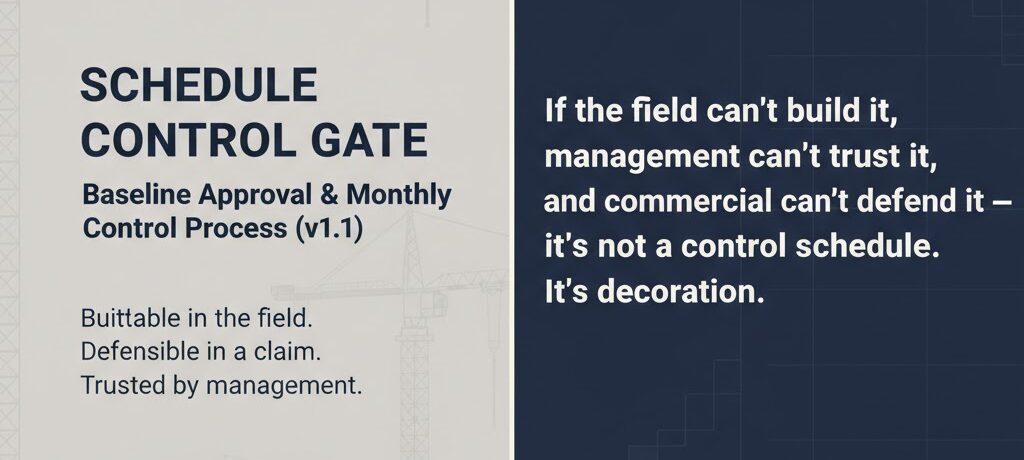In large-scale construction projects, delays often lead to significant financial claims by contractors. One key element of these claims is head office overheads — the general business costs that continue even when a project is delayed. Accurately calculating these costs is essential for fair compensation and effective contract management.
🔍 What Are Head Office Overheads?
Head office overheads refer to the indirect costs incurred by a contractor’s central operations that are not directly attributable to a specific project. These include:
- Salaries of senior management and admin staff
- Rent, utilities, and office supplies
- IT systems and accounting services
- Insurance and legal services
These costs are usually recovered across active projects based on anticipated cash flow and timelines. But when a project is delayed, the anticipated contribution from that project is reduced — creating a shortfall that may be claimable.
⚖️ When Can They Be Claimed?
A contractor may be entitled to claim head office overheads in the case of compensable delays, such as:
- Delays caused by the client or engineer
- Late issuance of drawings or approvals
- Suspension of works without contractor fault
Claims are generally made as part of prolongation cost claims in an Extension of Time (EOT) submission.
🧮 Common Methods of Calculation
There are several accepted formulas used globally to calculate head office overheads. The most widely used are:
1. Hudson Formula

- Advantages: Straightforward and commonly accepted in the Middle East.
- Limitations: Assumes overhead and profit margins are accurate and uniformly distributed.
2. Emden Formula

- Advantages: Uses real accounting figures, offering more transparency.
- Limitations: Requires detailed company-wide financial data.
3. Eichleay Formula
This U.S.-based method is typically used in federal contracts and includes a more complex approach using historical financial data and specific allocations.
📘 Case Example: Hudson Formula in Use
In the Metro Square Development project, the contractor claimed USD 960,000 in head office overheads for a 240-day delay. Here’s how:
- Contract Value: USD 72 million
- Overhead %: 6%
- Original Duration: 1,800 days
🧮 Formula:

This is a textbook application of the Hudson Formula — clear, methodical, and backed by project records and contractual entitlement.
📝 Best Practices for Claiming Overheads
- Always maintain contemporary records and accurate overhead allocation.
- Refer to contract provisions (e.g., FIDIC clauses on cost and delay).
- Support your claim with detailed breakdowns and justifications.
- Be prepared for independent audit or review by the engineer or cost consultant.
✅ Conclusion
Calculating head office overheads is a critical aspect of delay-related claims in construction. Using standard formulas like Hudson, Emden, or Eichleay ensures fairness and consistency. The key lies in documenting delays accurately, choosing the right method, and aligning your claim with contractual and legal standards.
#ConstructionManagement #DelayAnalysis #FIDIC #EOT #ProjectControls #ClaimsEngineering




Note: Comments are moderated to prevent spam. Your comment will appear after approval.